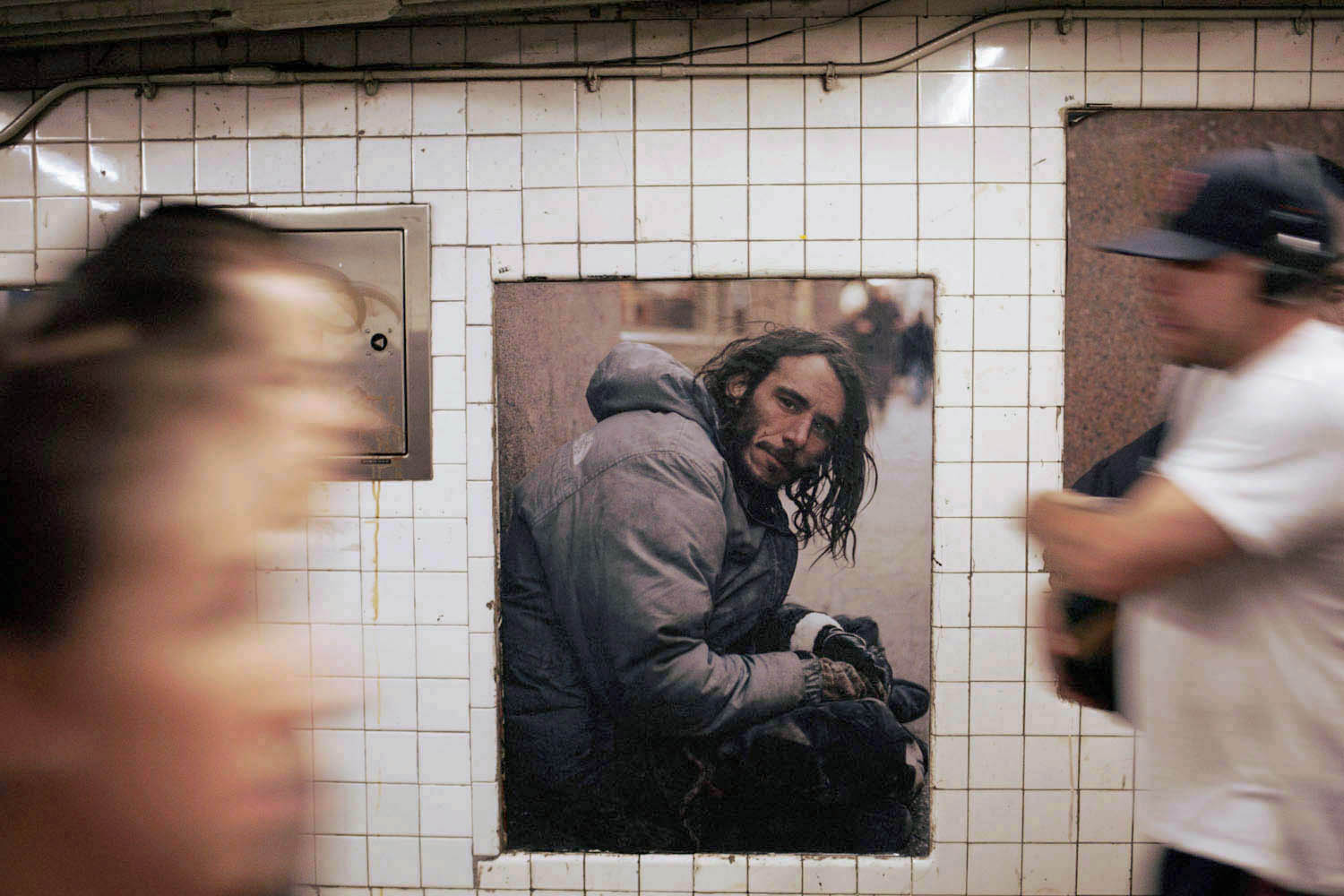
Like any city, New York is covered in advertisements. Bright, flashy banners on every corner tout goods and services that, to the average city dweller, range from daily necessities to luxuries. But another visual element of urban life is just as familiar, and just as often overlooked: the homeless.
Andres Serrano, a life-long New Yorker and artist who has tackled intractable controversies over the course of his career, unveiled a new project last week that combines these two constant visual features of city life. Residents of New York, a series of large format portraits of the homeless, has taken over the spaces typically occupied by advertisements at the West 4th Street subway station in New York’s West Village and at other locations in the bustling Manhattan neighborhood.
“As a New Yorker, I see ads all the time, and I get sick of them, like a lot of people do, so we just sort of ignore them,” Serrano told TIME, “but I want people to see this work. I see people in that station all the time, just rushing by to get to their destination, but they’re a captive audience. They can’t not see the photos.”
This isn’t the first time Serrano has explored the issue of homelessness in his art, but this is the most direct documentary project he’s done on the subject, and said he drew inspiration from photographers hired by the U.S. government to document the Great Depression. Those images, he said, had a timelessness he tried to capture in this new series of portraits.
“[Homelessness] is, unfortunately, not going away,” he said. “I see homelessness on a New York scale, which is huge enough as it is, but it’s happening everywhere. As an artist, and as a New York artist, I felt compelled to do something.”
So in January, in the midst of a particularly harsh winter in New York, Serrano, supported by public art organization More Art, took to the streets with a 4×5 camera and began shooting. “I really wanted to avoid using the term ‘homeless,’ because the streets are these people’s homes. So I approached them as if I was entering their living room and asked if I could take their photo,” he said.
Serrano photographed more than 100 people this winter. Through the final 35 portraits that are now on display throughout the West Village, he illustrates the vulnerability and vigilance of a population of overlooked and under-served New Yorkers — a community too big to be ignored, and for Serrano, too entrenched in New York City to truly be called “homeless.”
Residents of New York will be on display from through June 15th at the West 4th Street MTA station, LaGuardia Place between West 3rd and Bleecker St., Judson Memorial Church and at various public phone booths around Manhattan’s West Village.
Andres Serrano is an artist and photographer based in New York.
More Art is a non-profit organization dedicated to producing meaningful and engaging works of public art in New York City.
Krystal Grow is a writer for TIME LightBox
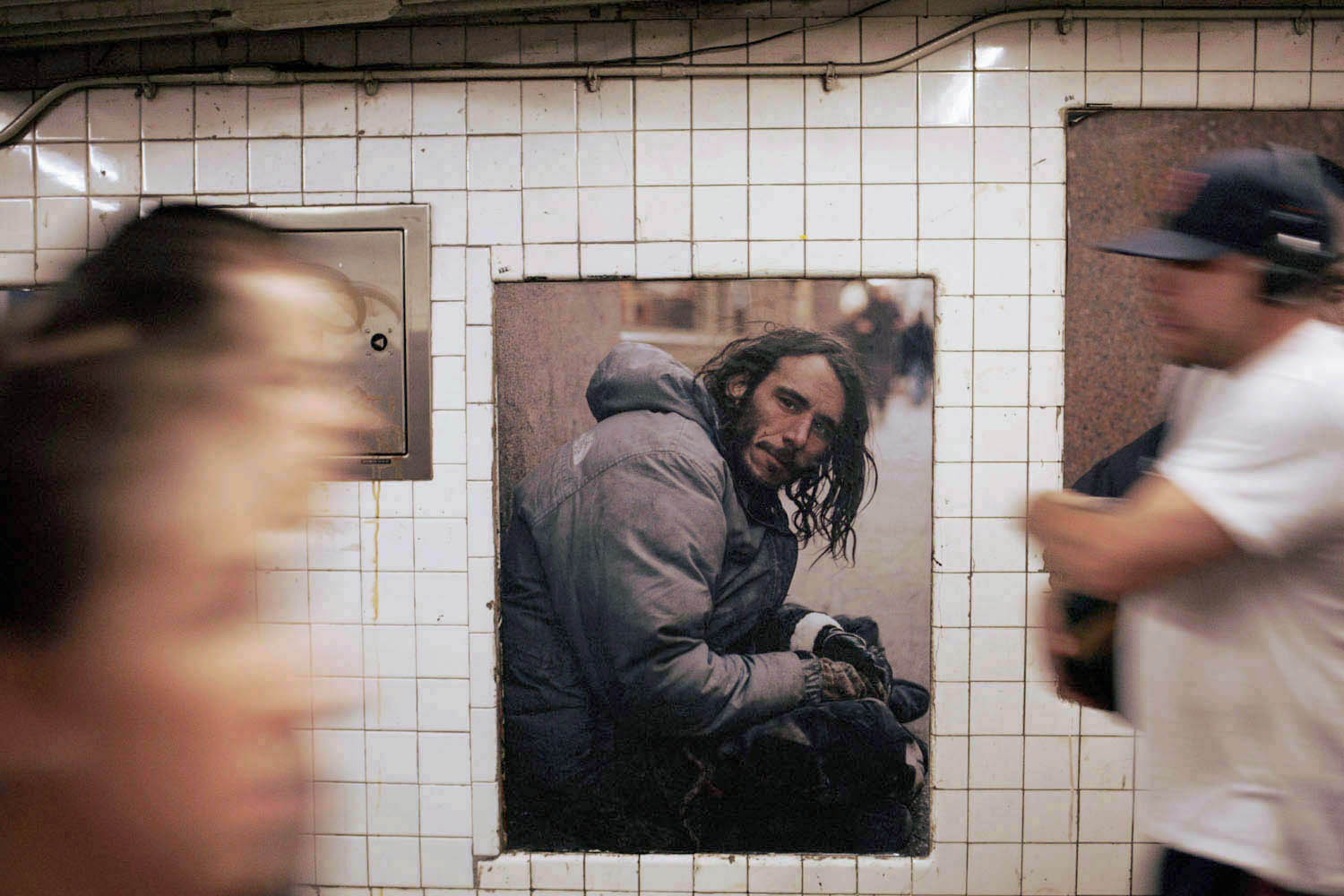
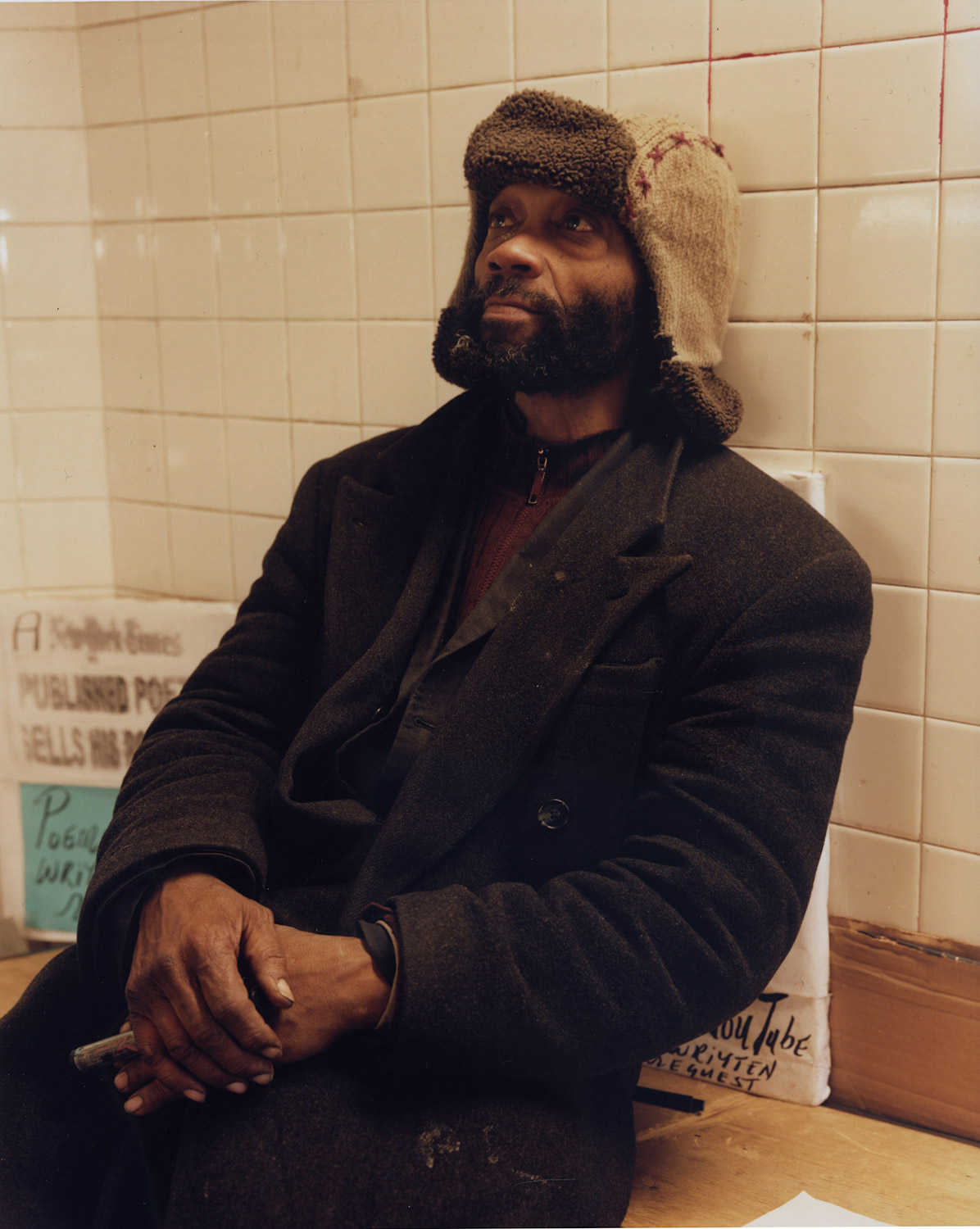
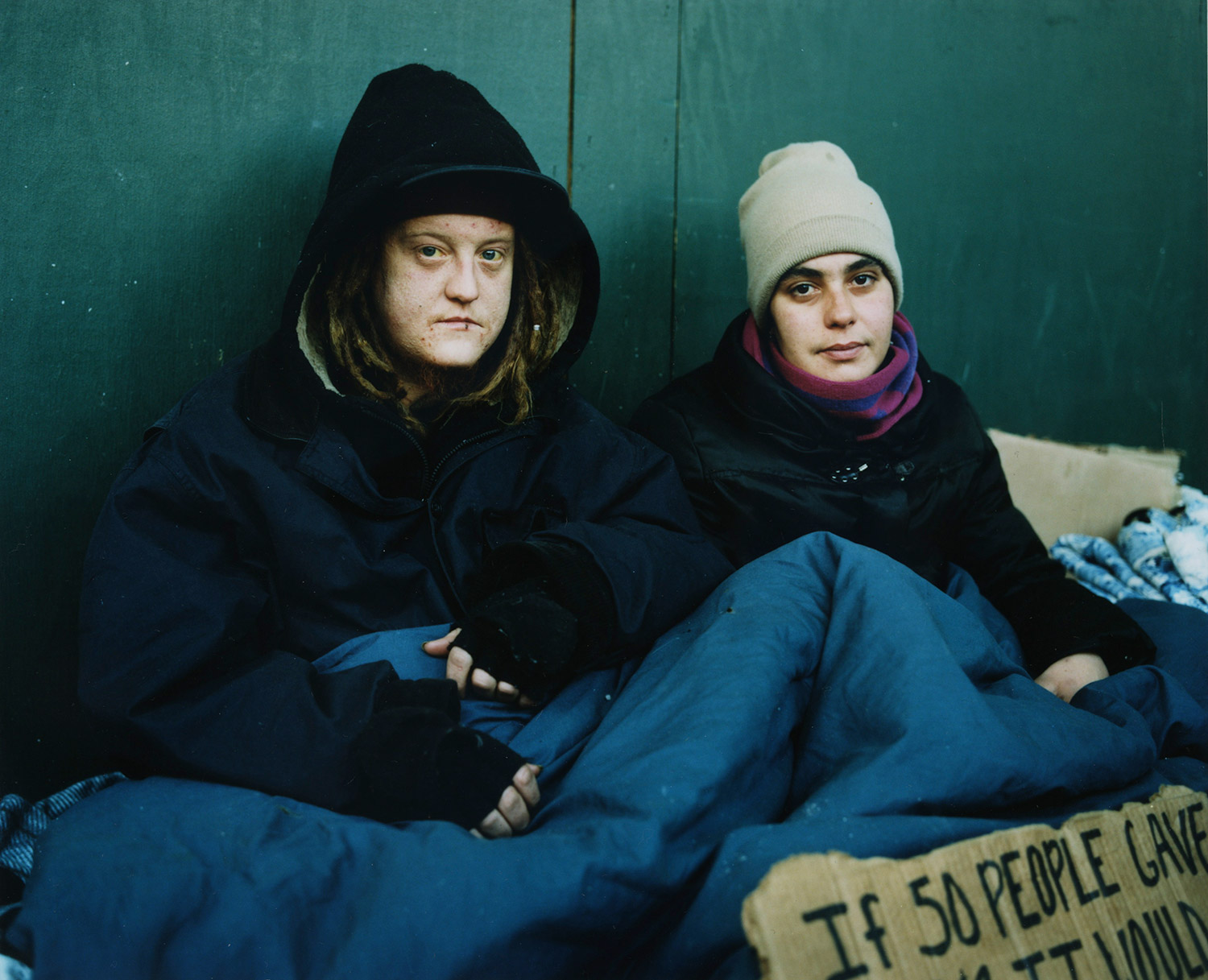
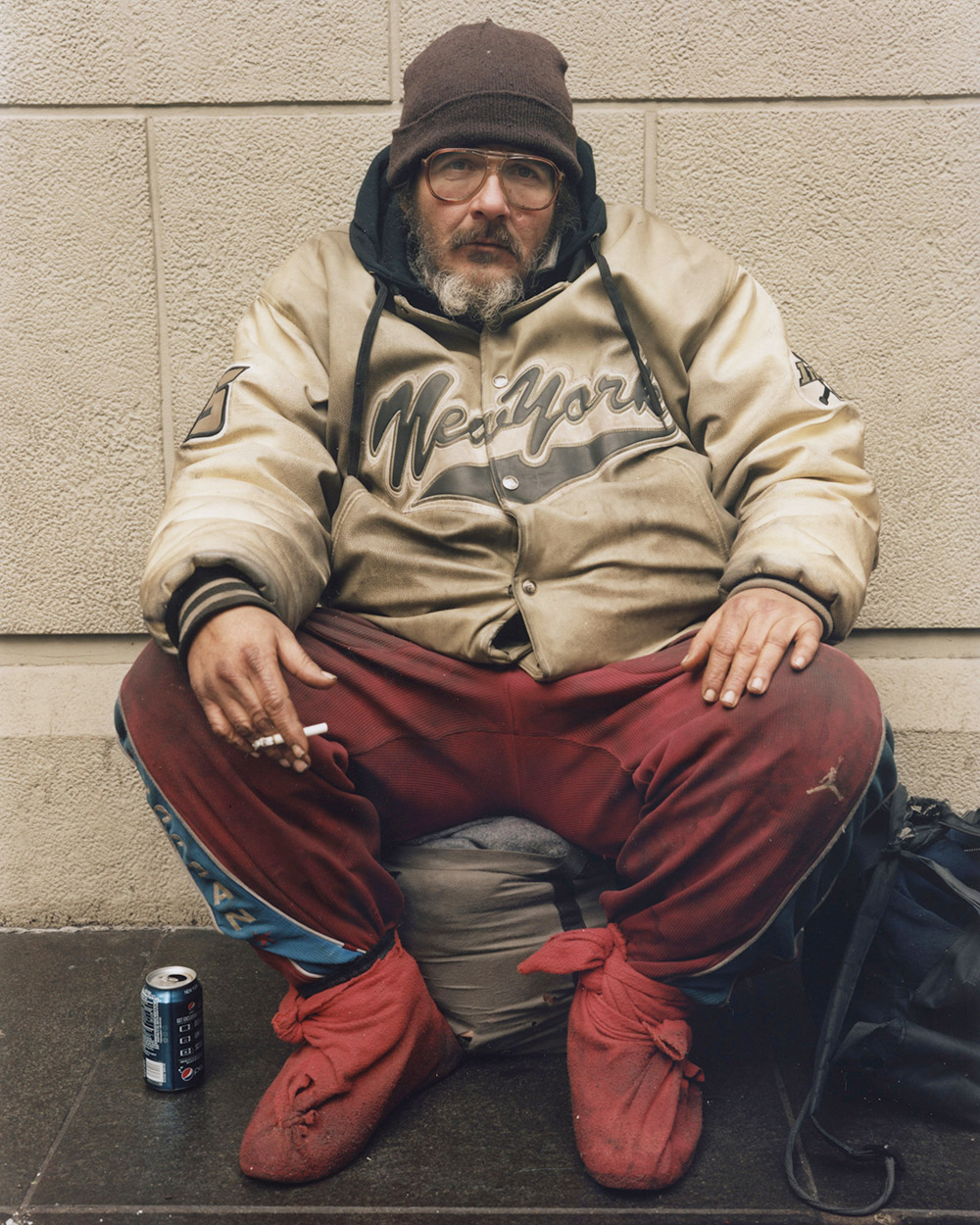
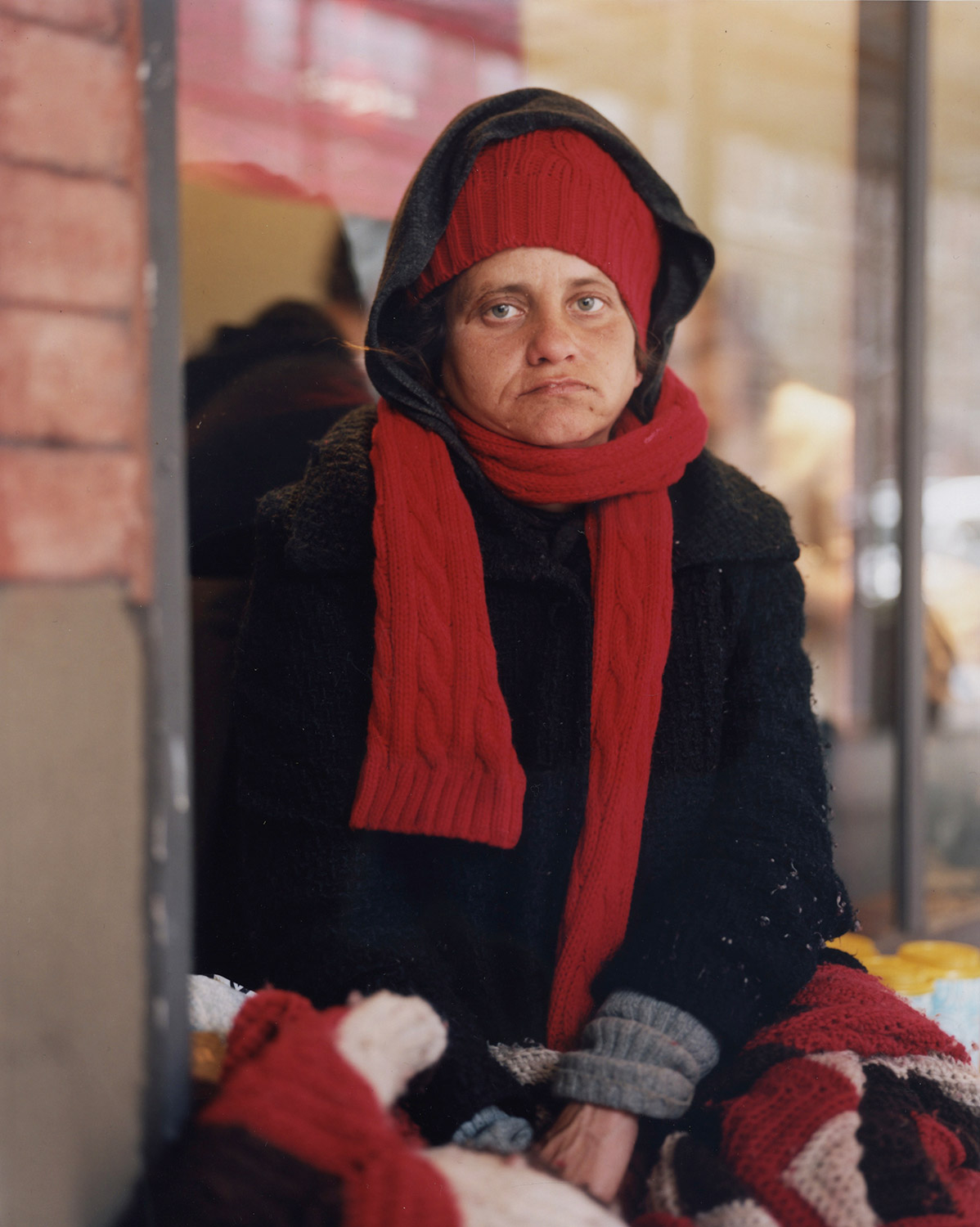
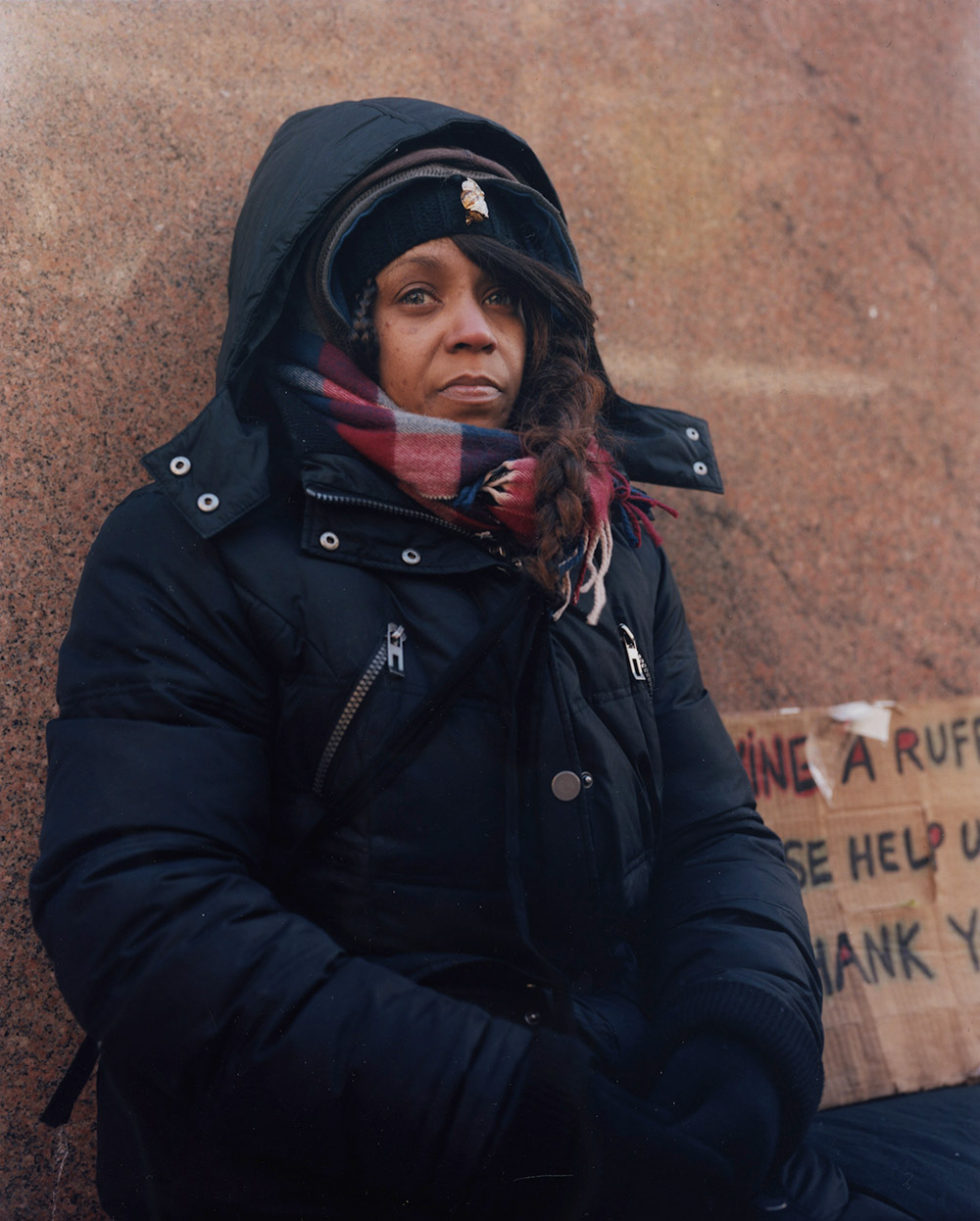

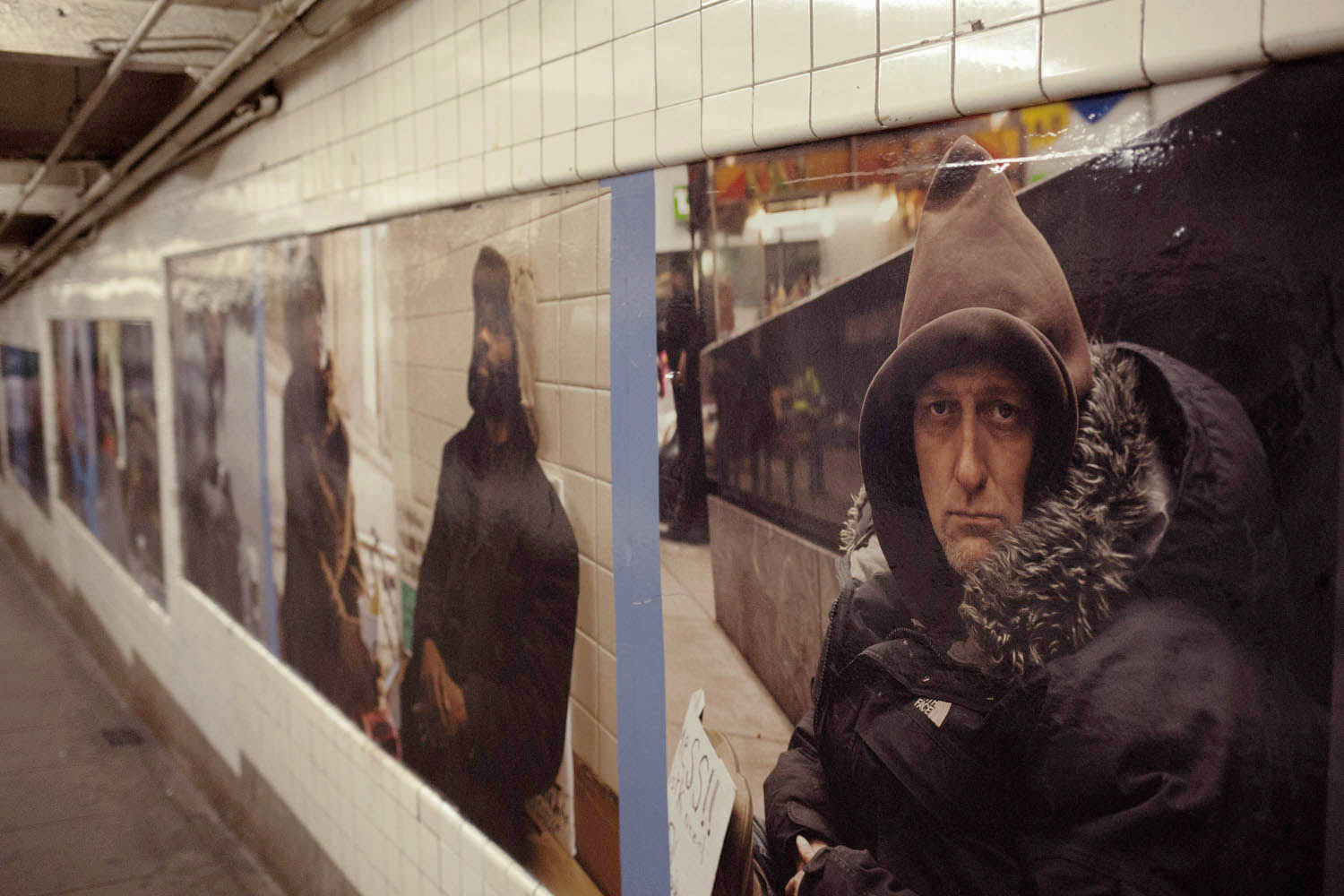
More Must-Reads From TIME
- The 100 Most Influential People of 2024
- How Far Trump Would Go
- Why Maternity Care Is Underpaid
- Scenes From Pro-Palestinian Encampments Across U.S. Universities
- Saving Seconds Is Better Than Hours
- Why Your Breakfast Should Start with a Vegetable
- Welcome to the Golden Age of Ryan Gosling
- Want Weekly Recs on What to Watch, Read, and More? Sign Up for Worth Your Time
Contact us at letters@time.com